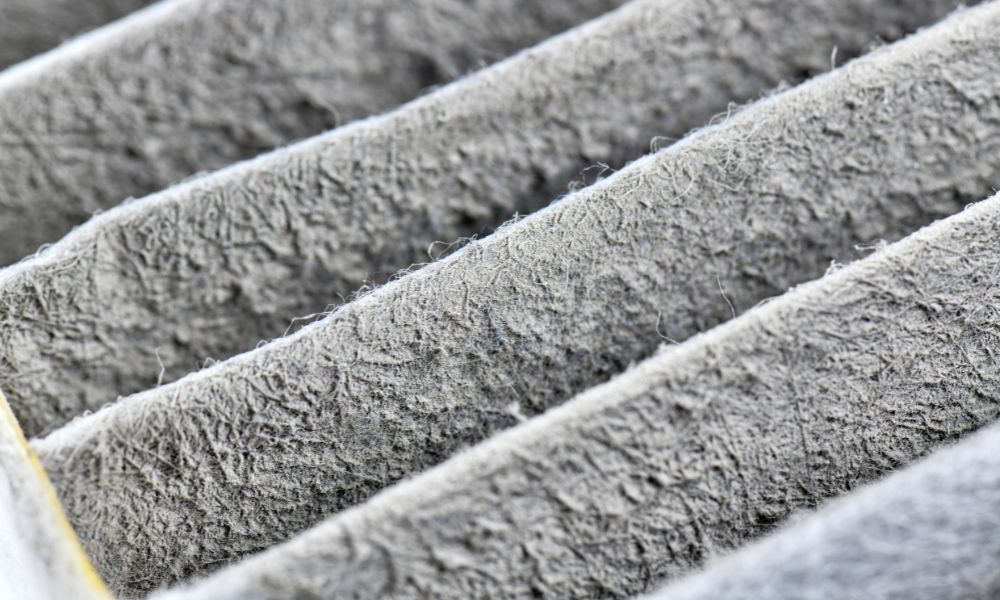Maintaining a clean and healthy environment is essential for any business. Proper filtration is a crucial aspect of ensuring your workplace remains free of harmful dust and particulate matter.
One critical component of an effective filtration system is the dust collector filter. But how can you tell when it’s time to replace it? In this post, we’ll explore the key signs it’s time to replace your dust collector filter. This will help you maintain a safe and healthy work environment.
Decreased Suction Power
One of the primary indicators that your dust collector filter needs replacing is a noticeable decrease in suction power. Reduced suction typically suggests the filter is clogged or damaged, limiting its capacity to effectively collect and contain dust particles.
Contrary to popular belief, simply cleaning the filter may not be enough to restore its air flow and efficiency. Instead, replacing your filter ensures your dust collector operates at optimal performance, thus maintaining a healthier environment.
Visible Wear and Damage
Regularly inspecting your dust collector filter for visible wear and tear is a crucial maintenance task. Over time, filters can become frayed, torn, or develop holes, all of which allow dust and particles to escape rather than being trapped.
In such cases, it is essential to replace the flawed filter immediately. Investing in a new dust collector cartridge filter ensures your filtration system remains effective and efficient, preserving a clean and healthy workspace.
Increase in Dust Buildup
An increase in visible dust accumulation and a drop in the indoor air quality of your workspace may indicate that your dust collector filter is beyond its useful life. A properly functioning filter should successfully collect and contain particles, keeping your environment dust-free and healthy. If you observe a marked increase in dust buildup, consider replacing the filter to restore optimal conditions.
Exceeding the Manufacturer’s Recommended Life Span
One often overlooked component of these filters is the manufacturer’s recommended life span. Typical dust collector cartridges are designed to be changed once the system reaches a set change in increased pressure drop. A pressure gauge is an important item as it will indicate when to change the filters. Changing them at proper intervals ensures optimal performance; exceeding this time frame can compromise their integrity and efficiency.
Many dust collectors do have a secondary filter bank of high-efficiency safety filters. These final filters protect you in the event of a cartridge failure. Be sure to check these filters whenever you replace your cartridge filters. If you don’t have the safety filters and would like to add this feature, contact us, as this can be added to your system at any time.
Regularly consulting the manufacturer’s guidelines and staying up to date with scheduled filter replacements helps guarantee peak performance and is essential for compliance with industry regulations and standards.
Elevated Particle Counts
Finally, if you need a clean environment to properly run your business, monitoring the particle count within your workplace can provide valuable insights into the effectiveness of your dust collector filter. This is the best way to tell that it’s time for a new dust collector filter, but it’s also overkill for many businesses.
The reason why it’s so effective is that increased particle counts indicate a decline in overall filtration performance, which warrants an inspection and possible replacement of your filter. Regular particle count testing can aid in the identification of potential filter issues and help determine when a filter replacement is necessary for maintaining a clean and healthy environment.
